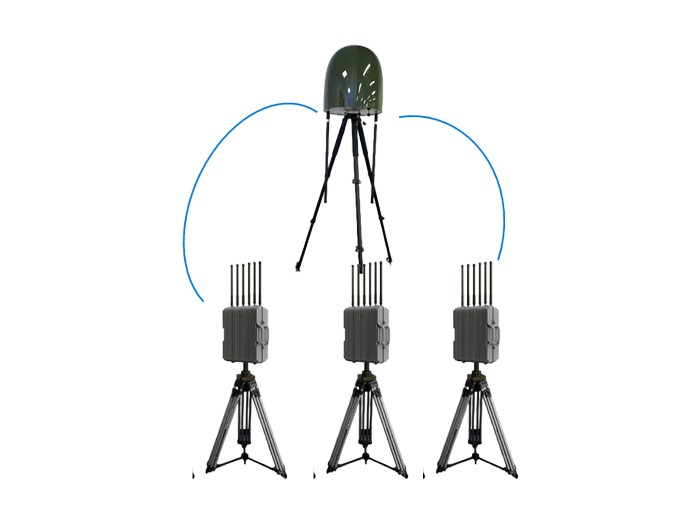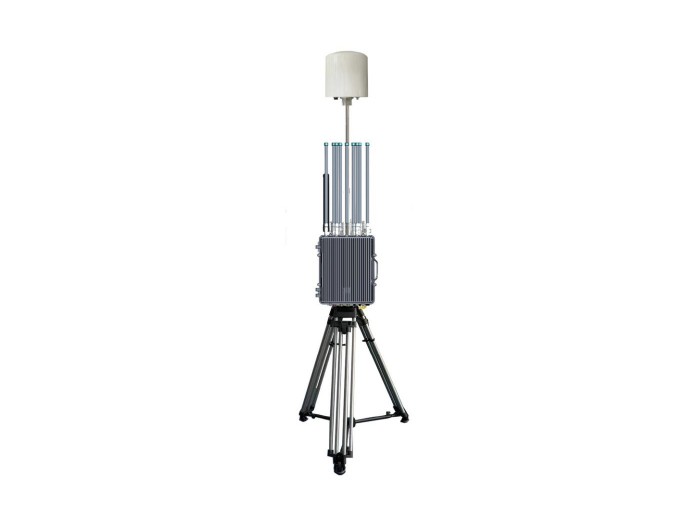What Is Counter Drone Technology?
The rapid proliferation of drones has created both opportunities and challenges across various sectors—from surveillance and delivery to agriculture and recreational use. However, the surge in drone usage has led to significant security concerns, including unauthorized surveillance, privacy violations, and potential threats to safety at public events. Businesses and governments are increasingly looking for solutions to manage these risks. Enter counter drone technology: a system designed to detect, track, and neutralize unwanted drones effectively. By incorporating advanced methods such as radar, RF jamming, and laser systems, this technology provides an essential layer of security in an evolving aerial landscape.
Understanding Counter Drone Technology
Counter drone technology refers to a broad range of measures intended to detect and mitigate the threats posed by unauthorized or malicious drones. This technology encompasses various approaches, which can be broadly categorized into three main groups: detection, tracking, and neutralization.
Detection Methods
Detection is the first step in any counter drone solution. Various technologies, such as radar systems, radio frequency (RF) detectors, and electro-optical sensors, are employed to identify the presence of drones in the airspace. For instance, RF detection systems can intercept signals that drones use for communication and control, enabling early identification of potential threats. According to a report by the Federal Aviation Administration (FAA), the use of drone detection systems has increased by over 50% in the last two years, highlighting the growing awareness of the need for counter measures.
Tracking Technologies
After detection, tracking drones becomes crucial to assess their trajectory and intent. Advanced tracking utilizes radar and infrared systems to monitor a drone’s flight path. For example, some military-grade systems can track multiple drones simultaneously while analyzing their behavior patterns in real-time, which aids in determining whether they are a legitimate threat or simply innocuous recreational devices.
Neutralization Techniques
Once identified and tracked, neutralizing a drone can occur in several ways, depending on the urgency of the threat. Methods can include RF jamming to disrupt the communication link between the drone and its operator, laser systems to disable drones through directed energy, or mechanical nets designed to physically capture the drone. While these techniques are effective, it's essential to consider legal and ethical implications, as well as the potential for collateral damage.
Benefits of Counter Drone Technology
Understanding the benefits of counter drone technology is vital as various sectors leverage these systems to enhance security measures. Here are some key advantages:
- Enhanced Security: Whether for national security or local event safety, counter drone technology helps prevent unauthorized surveillance and potential threats.
- Privacy Protection: As public concern rises regarding privacy intrusions by drones, implementing counter measures helps safeguard personal and corporate spaces.
- Operational Flexibility: Many counter drone systems can be deployed across various environments—urban areas, military bases, and at large events—making them versatile for different applications.
- Improved Crisis Management: Utilizing these systems allows organizations to respond effectively to unexpected drone incursions, minimizing risks to public safety and infrastructure.
Applications of Counter Drone Technology

Counter drone technology is utilized across several industries, each facing unique challenges related to unauthorized drone activity. Below are some notable applications:
- Military: The military sector employs counter drone systems for base defense and monitoring to protect sensitive installations from reconnaissance and potential attacks.
- Public Events: With the rise in drone-related incidents at public gatherings, sports events, and concerts, event organizers are investing in counter drone technologies to ensure participant safety.
- Critical Infrastructure: Protecting infrastructures, such as power plants and airports, has become a priority, leading to the deployment of specialized counter drone systems for ongoing surveillance.
- Law Enforcement: Police forces are now using counter drone technologies to monitor large gatherings, protests, or for aiding in dangerous situations.
Key Takeaways
- Utilize advanced drone detection systems to enhance your security posture.
- Understand the legal implications of employing counter drone technologies.
- Consider integrating a multi-layered approach, combining detection, tracking, and neutralization.
- Regularly train staff on how to respond to drone-related incidents effectively.
- For professional consultation and detailed insights, contact us today.
Conclusion
Counter drone technology is an essential solution in today’s airborne landscape, addressing the growing concerns associated with unauthorized drone presence. By providing detection, tracking, and neutralization capabilities, these systems enhance security and operational effectiveness across various sectors. If you’re looking to implement counter drone technology or wish to learn more about its applications and benefits, visit our website now or contact us for a free consultation.
















